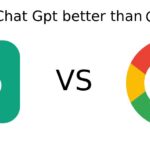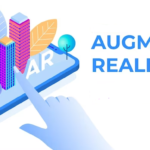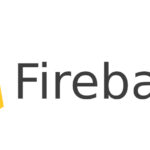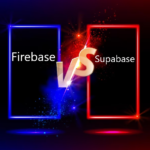
The metaverse concept isn’t new. It was first described in the 1992 novel Snow Crash. Several companies later developed online communities based on the concept, most notably Second Life, announced in 2003.
In the metaverse, people use avatars to act for themselves, communicate with each other, and virtually build out the community. In the metaverse, digital currency is used to purchase clothes — or weapons and shielding in the case of video games — and many other items. Users can also virtually travel across the metaverse for fun with no aim in mind using a virtual reality headset and controllers.
Snow Crash was more of a dystopian view of the future and didn’t put the metaverse very positively. Author Neal Stephenson coined the term metaverse as a sort of next-generation virtual reality-based internet. One way to achieve status in Stephenson’s metaverse was by technical skill, which was represented by the sophistication of a user’s avatar. Another indication of status was the ability to gain access to some restricted environments — a precursor to the paywalls and registration requirements some websites use today.
Ready Player One by Ernest Cline was another novel that helped familiarize the idea of the metaverse.
What are the things that differentiate the internet and the metaverse?
The internet is a network of billions of computers, millions of servers, and other electronic devices. Internet users can communicate with each other, view and interact with websites when they are online, and buy and sell goods and services.
The metaverse doesn’t compete with the internet — it builds on it. In the metaverse, users traverse a virtual world that imitates aspects of the physical world using technologies such as virtual reality, augmented reality, AI, social media, and digital currency. The internet is something that people “browse.” But, to a degree, people can “live” in the metaverse.
Web3 vs. the Metaverse
The word metaverse is sometimes mentioned in parallel with another popular term — Web3. And while the two concepts are similar in some ways — both cast a vision of the next-generation version of the internet — they are not identical and shouldn’t be used interchangeably.
Web3 is a term used to describe a decentralized internet built on a blockchain foundation. Central to Web3’s premise is that power over the internet will eventually swing away from a handful of big technology companies and toward the many individual users and developers.
BLOCKCHAIN, WEB3, AND THE METAVERSE
The future of the internet may very well be shaped by companies and projects related to blockchain, Web3, and the metaverse. As stated previously, these concepts are not at odds with one another. In fact, they may support and complement each other as we build toward a more equitable, inclusive, open, and secure internet.
Two popular examples positioning themselves at the intersection of blockchain, Web3, and the metaverse are The Sandbox and Decentraland. Both offer immersive virtual worlds, as well as tools that allow users to build monetizable projects within those worlds. And unlike many tech companies generally associated with the metaverse, The Decentraland and Sandbox are owned by their users and built on the Ethereum blockchain.













































Recent Comments